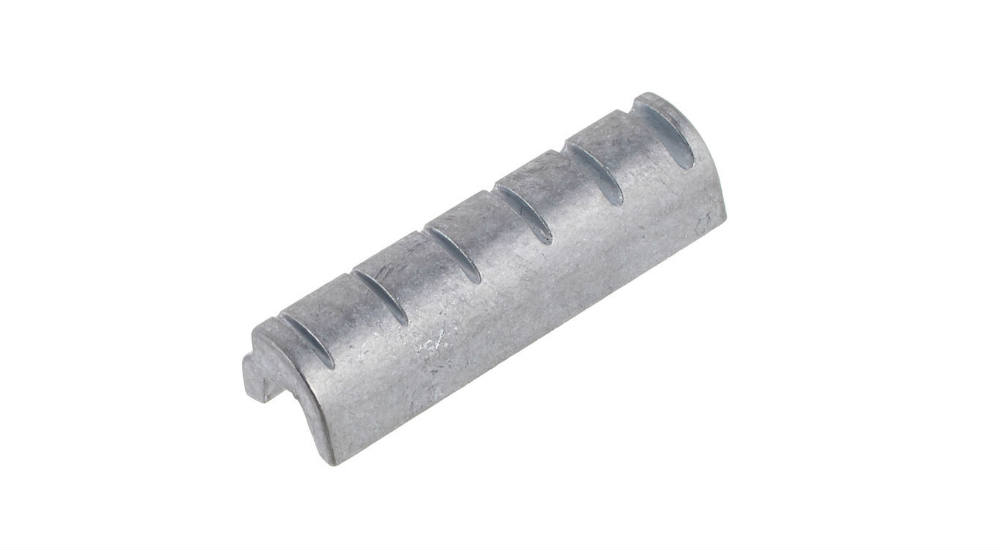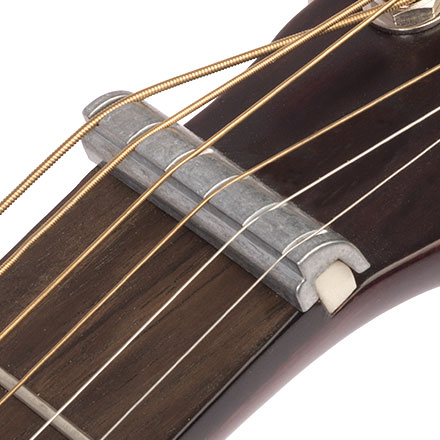Our essential guide to slide guitar.
Slide guitar has a kind of magical quality. Something to do with the almost voice-like tonality seems to really speak to us.
We may think of slide as a predominantly blues-based technique, but for every Dave Hole or Duane Allman or Derek Trucks, there’s a George Harrison or a Sonny Landreth or a Brett Garsed using slide as a texture within their playing.
Read up on all the latest features and columns here.
Most guitars don’t arrive ready for slide straight from the factory, and there are two main things to consider when setting up your guitar for slide.
Raise the action
It might seem logical to those who have played slide before, but if you’re new to it the first thing to do is simple yet crucial; raise your guitar’s string height. If you’ve ever attempted to play slide on a guitar with low strings, you’ll be aware of the clattering, clanging, clunking sound of slide against fret. It ain’t good.
When you think about it, the whole point of slide guitar is to remove the frets from the equation completely so you can reach ‘in between’ the notes and glide smoothly from one to another using your ears as a guide instead of the frets. Your guitar should have come with an instruction manual on how to raise the strings on your particular bridge type (if not, we all have Google), but sometimes it’s not enough to simply raise the strings at the bridge end.
If you’re setting up a dedicated slide guitar, you’ll want to raise the nut as well. This is work for a qualified tech unless you’re comfortable doing it yourself. If this sounds a bit daunting, you’re in luck; there’s an easier way.

Commercially-available slide guitar extension nuts are inexpensive and non-destructive, simply slipping over the guitar’s existing nut and raising the strings nice and high above the frets. This means you can dig in with the slide with complete confidence no matter where you are on the neck, knowing that you won’t be bashing against frets and adding a whole bunch of noises that you don’t want.
As for string gauge, slide tends to work best with medium to heavy gauge strings. They’re louder than light strings, and they put up just enough of a fight. If a string ‘gives’ a little too much it can mess with the clarity of your playing.

Pickup choice
Many great slide tones were captured with original Gibson PAF humbuckers or P90s, and there are all kinds of pickups out there that can help you capture that tone. You don’t need to go crazy with high-output pickups for slide, and in fact it’ll often sound better if you don’t. There are no hard and fast rules with regard to pickup height on a guitar with slide.
As with any guitar, it comes down to what sounds good and what doesn’t interfere with the free vibration of the strings. If the pickups are too high, they’ll interrupt sustain and could create ‘wolf tones’ – weird oscillating overtones that can make it sound like you’re out of tune or like there’s some kind of wobbling sound happening. If the pickups are too low, your sound could become thin and weedy with a higher noise floor.
A set of super-heavy strings will sound different through the same pickup compared to a set of medium-gauge strings on the very same guitar, and depending on how hard you pick, your pickups will respond differently at different heights.
That’s what makes slide guitar so great. It forces you to focus on how you’re interacting with the string itself and in turn, expands the creative possibilities of your playing.
For more advice on string gauge, guitar setup and what slide works best for each style, head over here.
This article was originally published November 29, 2017.

